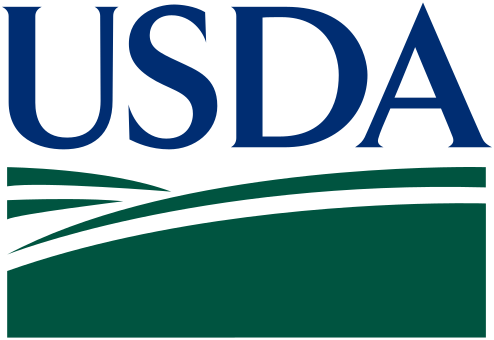81% of Meatpacking Workers at High Injury Risk, USDA Warns
Two new studies reinforce the fact that slaughterhouse jobs are among the most dangerous.
In 2023, Iowa governor Kim Reynolds signed a bill that allows children as young as 14 to work in meatpacking. It should come as no surprise that meatpacking is one of the most dangerous industries to work in, and two new USDA studies confirm what many workers and advocates already knew: workers in these jobs are at high risk for injury.
“Eighty-one percent of evaluated poultry workers were found to be at high risk of developing musculoskeletal disorders, a new study from the U.S. Department of Agriculture says. This risk is primarily driven by high piece rates, which is the number of animals or pieces of meat handled by each slaughterhouse worker. Nearly half of pork processing workers evaluated were also at high risk for injury.”
The studies came as a result of Trump I-era policies which allowed for faster line speeds in meatpacking. It remains to be seen how Trump will use the results of this study, but I think it’s fair to speculate that increased regulations on line speed, to increase worker safety, are unlikely.
There is a lot in the news right now. To say our feeds are oversaturated is an understatement. Here are some things I’ve read, lately, to stay on top of Corn Belt news.
Big Oil and Big Ag are teaming up to turn cow poop into energy — and profits. The math doesn’t add up. “US climate policy has led to a surge in manure-based “biogas.” Critics say it’s propping up factory farming.”
134M poultry and counting: Interactive charts show hardest-hit counties in bird flu crisis “Georgia, the nation’s leading chicken producer, has suspended all poultry sales after detecting its first case of bird flu in a commercial flock. This development adds to the list of states impacted by the ongoing bird flu crisis, including Iowa, California and Ohio.”
Civil Eats released a Food Policy Tracker, for those looking to stay up-to-date on changes in Washington. “Consider this your go-to source for actions taken by the President, federal agencies, and Congress that directly relate to or have significant implications for the food system.”





People don’t often think about what goes into putting food on our tables. Thank you, Nina, for bringing awareness to the issues that brought to light!